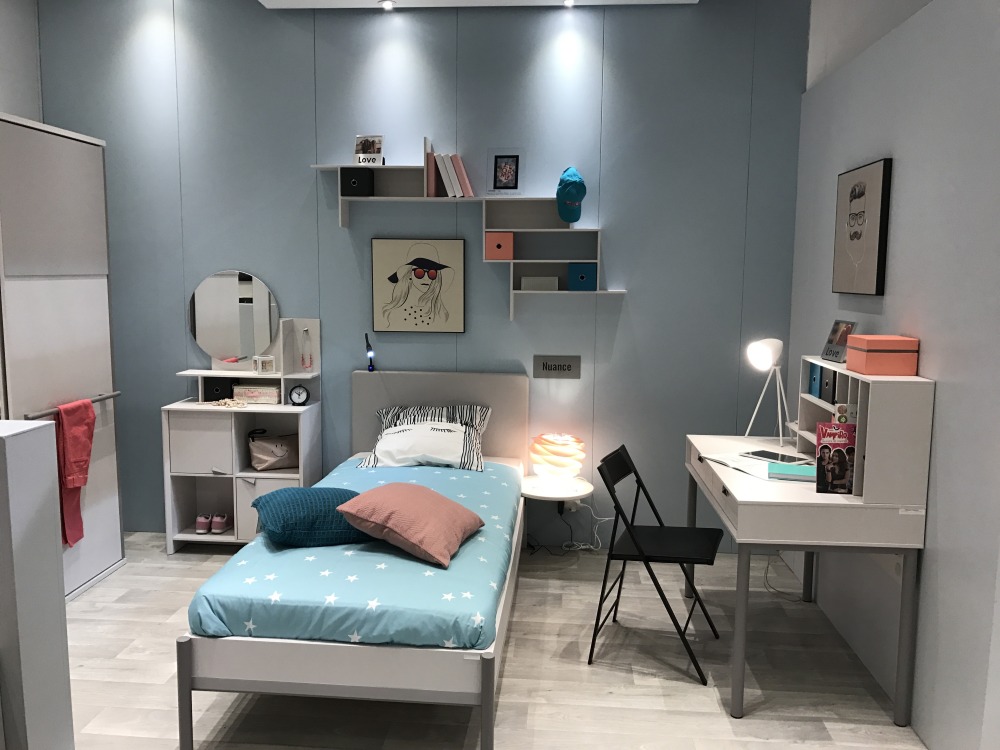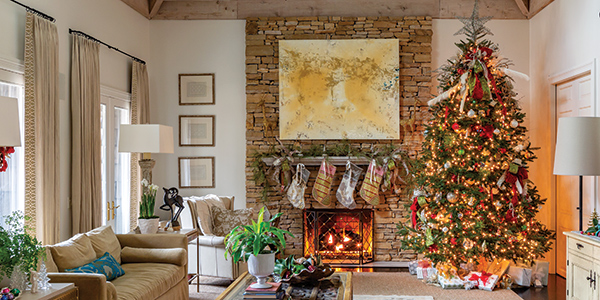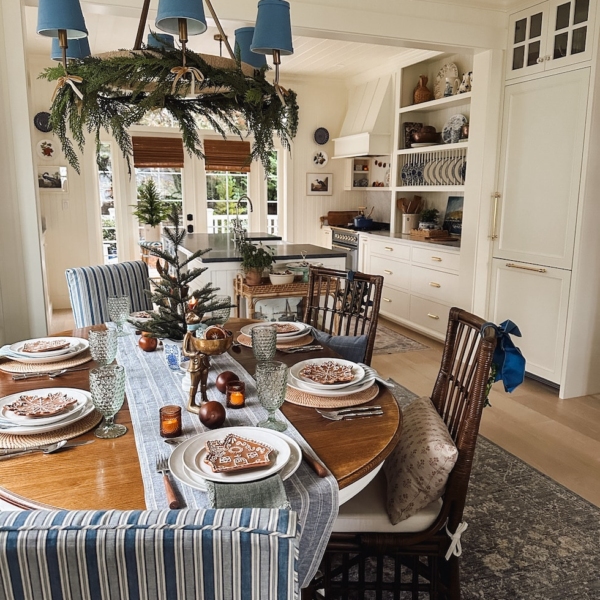Designing a budget-friendly child’s bedroom can be a rewarding and exciting experience for both parents and children. Creating a space that reflects your child’s interests and personality with these inexpensive decorating ideas can be a rewarding journey of discovery and bonding over DIY projects.
With thoughtful planning and a little creativity, it is possible to transform their room into a vibrant and engaging environment without an ample budget. This is an especially effective strategy for a child’s bedroom because it will most likely change as they grow.
From low-cost paint projects to clever furniture redesigns, you can transform your child’s room into a space they enjoy while staying within your budget.
Decorating a child’s bedroom on a budget requires resourcefulness and creativity. By combining several of these easy and inexpensive ideas, you can create a delightful and welcoming environment for your child.
DIY Wall Art

Many children are prolific artists; use this to your advantage when decorating their space. Whether they paint masterpieces for the walls or build the most stunning Lego sculpture, they will not only add color and interest to the room, but will also reflect your child’s interests.
While children will provide the raw materials for the artistic display, you can make the art more cohesive, increasing its impact and preserving it for future admiration. One idea is to create a gallery wall featuring all of their artwork. Use matching frames and shadowboxes for a classic look, or mix and match frame types for a more eclectic arrangement. You can also hang clipboards, wire systems, or art hanging rails for display. Mounted shelves work well for displaying 3-D art projects.
Refresh Secondhand Furniture

Much of the second-hand furniture from other rooms naturally ends up in children’s rooms. Even if you do not have any second-hand furniture lying around, you can find adorable second-hand pieces for your child’s bedroom at thrift and vintage stores. This is a less expensive and more environmentally friendly way to purchase furniture.
Look for sturdy, well-built furniture that is made of lasting materials. Solid wood furniture is more durable than furniture built from particle board or laminate. Give these pieces a fresh look by cleaning them thoroughly and repainting or reupholstering them to fit your child’s bedroom colors and design.
Use Paint to Make the Room Exciting

Paint is a relatively inexpensive decor element that can produce outsized results. Bright and vibrant colors are fun in a child’s room, but neutral colors can also work to create a calm and serene bedroom.
Experiment with all the ways that you can use paint to add excitement to the room, from painting the walls, molding, and ceiling, to using paint to create patterns like stripes, geometric shapes, and murals. You can also use paint to color block the room or to add faux molding patterns. Whatever you choose, it is vital that you get your child’s input on the colors that they would like to see in their bedroom. This will help give them a sense of ownership in the design and make them feel comfortable and happy in the space.
Add a Wall Mural

Not everyone’s painting skills are worthy of a wall display, so this is a good time to buy a wall mural instead. Wall murals are available in diverse designs, from natural scenes and fantasy themes to sports and favorite characters, so you are sure to find one that suits your child’s interests.
Wall murals are often more cost-effective than wallpaper because they work well on either a focal wall or to highlight a specific area, like a bedding alcove. The peel-and-stick wall murals are ideal for DIY implementation. Removal of these murals is just as easy and causes no damage to the walls. This makes it one of the best decor elements for a kid’s room where their interests are ever-changing.
Invest in Storage Solutions

Storage solutions in a child’s bedroom are essential because these areas are magnets for small toys, clothes, art supplies, and homework. Smart storage makes children’s rooms more organized, but it can be costly.
Purchase base storage pieces from discount furniture stores. Look for pieces made of durable materials, and then paint or decorate them with decorative baskets and containers. Bookcases, mounted shelves, and hanging organizers can all help you maximize vertical space. Under-bed storage organizers are inexpensive and unobtrusive, making them ideal for off-season clothing and toys that have been removed from rotation. You can also shop at vintage and thrift stores for second-hand pieces like dressers and armoires that you can repurpose for storage.
Choose Multi-Functional Furniture

Multi-functional furniture is ideal for small rooms, but it also saves you money because you do not need to buy as many pieces as you would with separate furniture. Options such as convertible cribs to beds, loft beds with desks, and bunk beds that convert into twin beds provide better long-term value for your money. These pieces also provide greater flexibility as children grow and their needs evolve.
As with all budget purchases, it is tempting to settle for lower-quality items due to the lower price. This strategy will cost you money in the long run because you will be unable to use the item for as long before it deteriorates. Look for sturdy and well-built items that can withstand daily use and transformation.
Add a Fun Rug

If there is not enough money in your budget to update the flooring in your child’s room, no worries. Cover up the old flooring with a large, colorful rug. A large rug can instantly brighten a space and bring the colors and decor together. Rugs are relatively inexpensive, so you can select one that reflects your child’s current interests or one with a striking pattern without fear that they will have to live with it forever. Rugs are also useful for defining zones in a room, so using multiple rugs in the same room can help to define a play area, study zone, or provide a frame for a bed.
Be sure to size the rug appropriately for the area; a rug should fit under all the elements of a specific area. Choose a rug in a material that is durable and easy to clean. Washable rugs are good options for a kid’s room, but even if they are not washable, kid’s room rugs should be easy to clean and maintain.
Patterned Fabric and Textiles

Fabrics and textiles are excellent choices for enhancing your child’s room theme or colors because they are simple to change and rotate as your child’s interests change. There are multiple ways to add interest in a kid’s room with fabric and textiles. Some of the most effective include bedding, throw pillows, furniture upholstery, and curtains. You can also incorporate fabric into textile art, such as wall hangings, decorative tents, and canopies.
When adding textiles, focus on creating a harmonious and cohesive look by coordinating colors, patterns, scale, and textures. Always consider these in light of durability, comfort, and ease of maintenance to provide a fun but practical space where your child feels comfortable.
Add Seating

Seating options in a child’s bedroom help to create a more versatile and welcoming environment. A reading nook, a desk chair, floor seating, window seating, a rocking chair or glider, and a play table and chairs are all examples of how seating can enhance a kid’s room. Chairs can be expensive, but if you want to add seating to your child’s room, look for low-cost options at thrift stores, vintage stores, and discount furniture retailers. Second-hand furniture may not work exactly as-is for your child’s bedroom, but you can enhance most chairs with paint, new upholstery, or throw pillows.
Pay Attention to the Lighting

Proper lighting in a child’s room is essential for creating a comfortable and functional environment. Maximize the natural light in the room by drawing the curtains back or raising the shades. This will give the room a cheerful look, and have mood-boosting benefits. Consider the lighting design to ensure that light is available at all levels and areas of the room. A central ceiling light is useful for both ambient lighting and creating a striking visual element.
Desk lamps, floor lamps, wall sconces, and nightlights are some other lighting options. You can find interesting and eclectic lamps at vintage and thrift stores that will add a playful touch to the room, but make sure the wiring is secure. String lights are another low-cost option for lighting in children’s bedrooms. These are versatile and affordable, giving walls, ceilings, and nooks a whimsical and cozy appearance.


